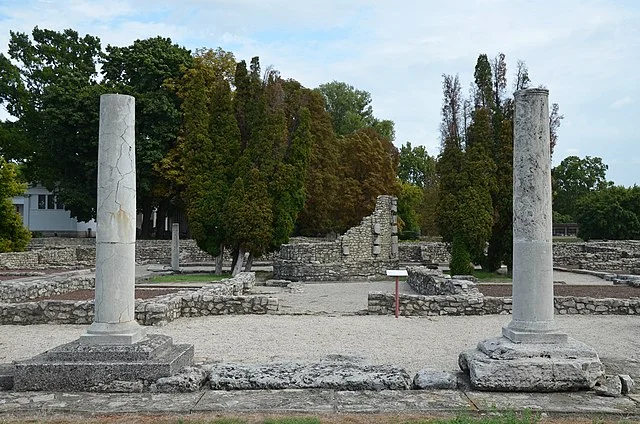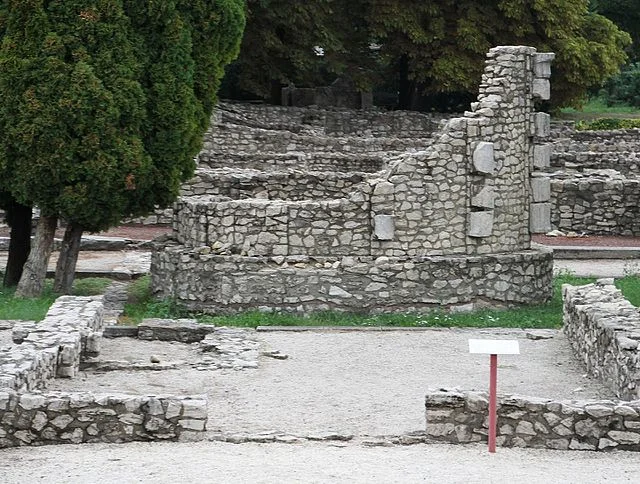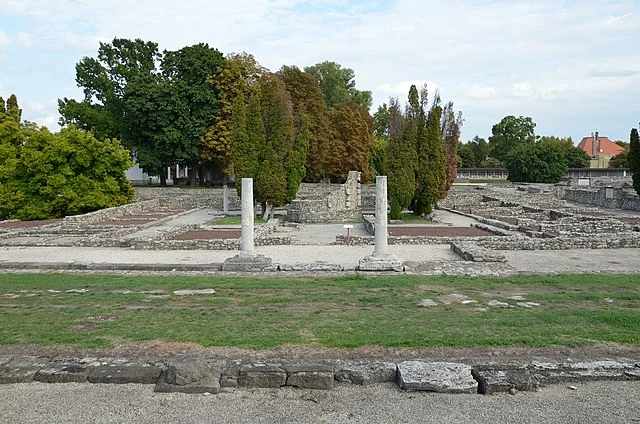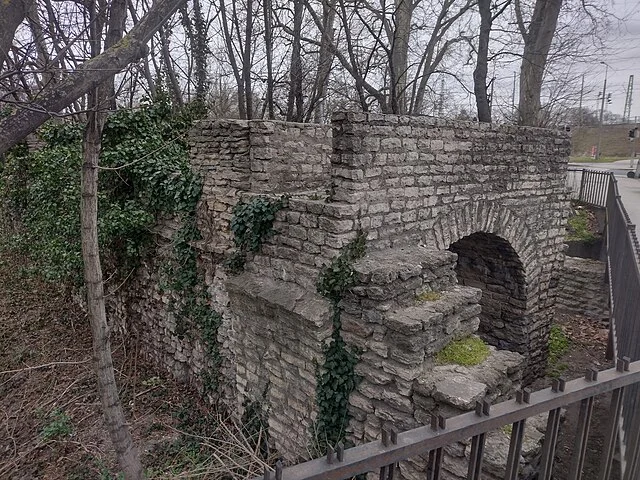Aquincum was an ancient Roman city located near present-day Budapest, Hungary. It served as an important military and civilian hub during the Roman Empire. The city developed along the banks of the Danube River, which played a crucial role in its growth and strategic importance.
Get your dose of History via Email
Early History

Aquincum’s origins date back to around the 1st century AD. Initially, it was a military camp established to protect the northern frontier of the Roman Empire. The Roman presence in the area started in the late 1st century AD during the reign of Emperor Domitian. The site was chosen for its strategic location along the Danube River, which marked the border between the Roman Empire and barbarian territories to the north.
Aquincum as a Military and Civilian Center

By the 2nd century AD, Aquincum had grown into a major settlement. It became the capital of the Roman province of Pannonia Inferior around AD 106 during the reign of Emperor Trajan. The city housed a large legionary camp and a civilian town, each with its own administrative structures. The legionary camp, home to the Legio II Adiutrix, was the military heart of Aquincum, while the civilian settlement flourished nearby.
Aquincum had all the features of a typical Roman city. It had baths, amphitheaters, temples, and a forum. A sophisticated aqueduct system provided fresh water to its residents. The city’s layout followed the typical Roman grid plan, and many of its streets were paved.
Economic Importance

Aquincum was not only a military outpost but also an economic center. Its location along the Danube made it a hub for trade between the Roman Empire and the barbarian tribes. The city’s economy was supported by local artisans, merchants, and craftsmen. Roman influence on local culture and trade helped integrate Aquincum into the wider economic network of the empire.
Cultural and Social Life

Life in Aquincum reflected Roman customs and traditions. The city had public baths, where people gathered for socializing and relaxation. It also had an amphitheater, which hosted gladiatorial games and other public entertainment. Temples and sanctuaries were built to honor Roman gods, showcasing the integration of Roman religion into local life.
Archaeological findings suggest that Aquincum’s population was diverse, with people from various parts of the Roman Empire settling there. Latin was the dominant language, and Roman law and governance structured the city’s administration.
Decline and Abandonment
Aquincum began to decline in the late 4th century AD as the Roman Empire weakened. The pressure from barbarian invasions, especially from the Huns, played a significant role in the city’s downfall. By the 5th century AD, Aquincum was largely abandoned, marking the end of Roman rule in the region.
Archaeological Discoveries
Excavations of Aquincum began in the 19th century, and the site has provided a wealth of information about Roman urban life. Many of its structures, including parts of the aqueduct, amphitheater, and baths, have been uncovered. The Aquincum Museum in Budapest houses many of the artifacts recovered from the site, such as mosaics, inscriptions, and sculptures.
One of the most significant discoveries was the Aquincum Organ, a Roman-era water organ found in the ruins. This rare musical instrument highlights the city’s cultural achievements and its connection to Roman entertainment traditions.
Conclusion
Aquincum played a vital role in the Roman Empire as a military and civilian center. It was a hub of culture, trade, and administration in the province of Pannonia Inferior. While it declined in the late Roman period, the archaeological remains offer valuable insights into the city’s importance and life in Roman provincial cities. Today, Aquincum stands as an important archaeological site, providing a glimpse into Rome’s legacy in Central Europe.
Source:

